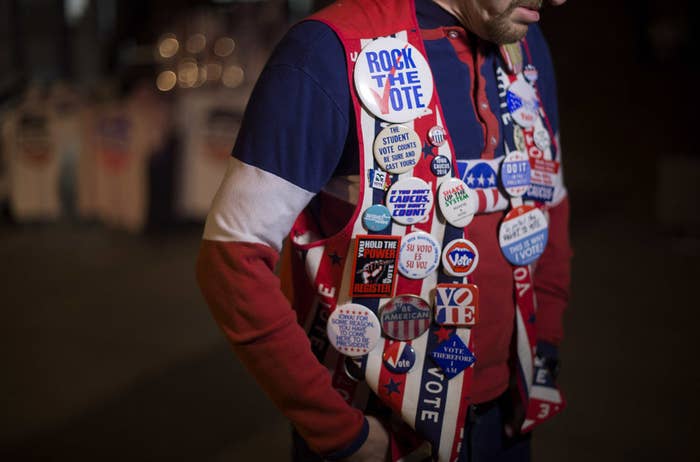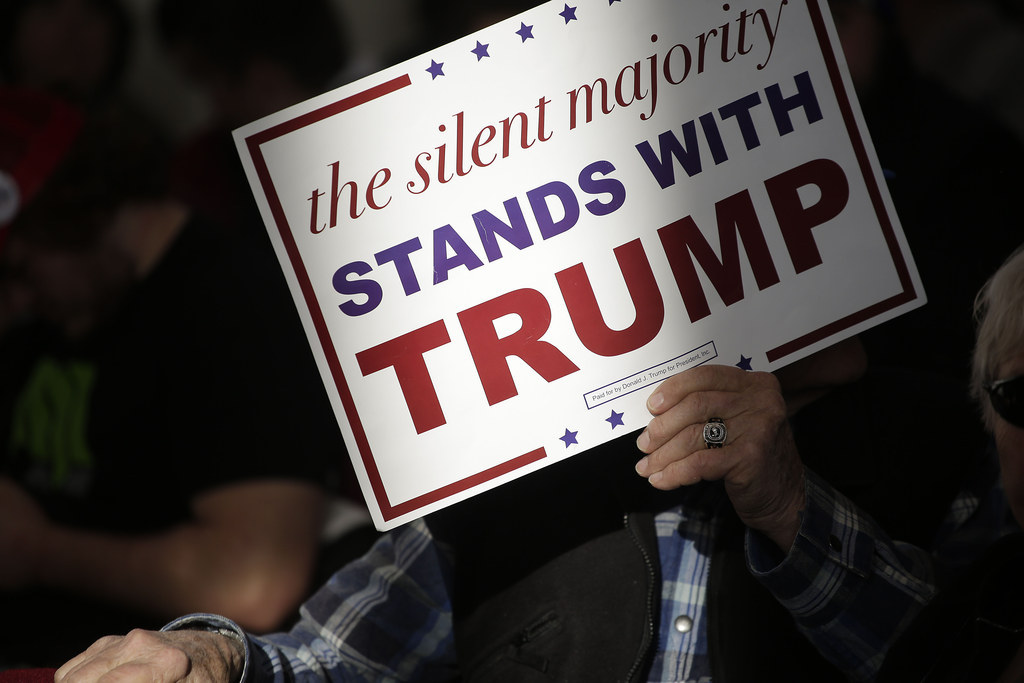In just about a week, thousands of Iowans will head to their designated caucus locations (churches, school gyms, public libraries, etc.) and cast their support for a presidential candidate.

The process of caucusing — the time commitment, visibility of support, and level of involvement — is completely different for Democrats and Republicans.
Here's what Republican caucus-goers have to do on caucus night:
*Show up at their caucus location
*Listen to representatives for each candidate give speeches
*Cast a secret ballot
*Go home
And here's the process for Democrats:
*Show up at their caucus location
*Listen to representatives for each candidate give speeches
*Organize in a spot at that location dedicated to their chosen candidate or declare themselves uncommitted
*If a candidate doesn't get at least 15% of caucus-goers at that location (looking at you, Martin O'Malley), then that support is deemed not viable, and those caucus-goers are released and can cast their support behind a viable candidate
*Delegates are counted and rewarded proportionally once attendees have aligned themselves into viable groups.
*Go home
Here's a good side-by-side comparison of the different caucus procedures from Sunday's Dubuque Telegraph-Herald.

To recap...
Democrats have to show up, listen to speeches, stand in groups and move around until their groups are large enough to count as "viable." It's all public, so everyone's friends and neighbors know whom they caucused for. Republicans show up, listen to speeches, cast a secret ballot, and then go home.
Two candidates in particular, Democrat Bernie Sanders and Republican Donald Trump, are counting on the same thing to pull off outsider victories in the Iowa caucuses next week: new caucus-goers.



